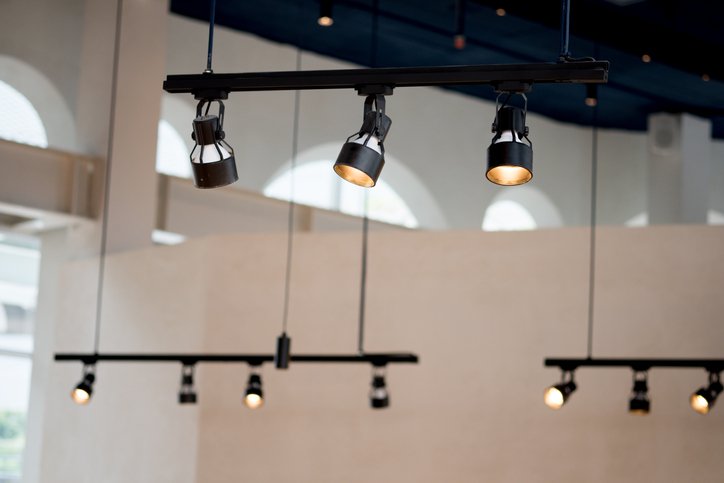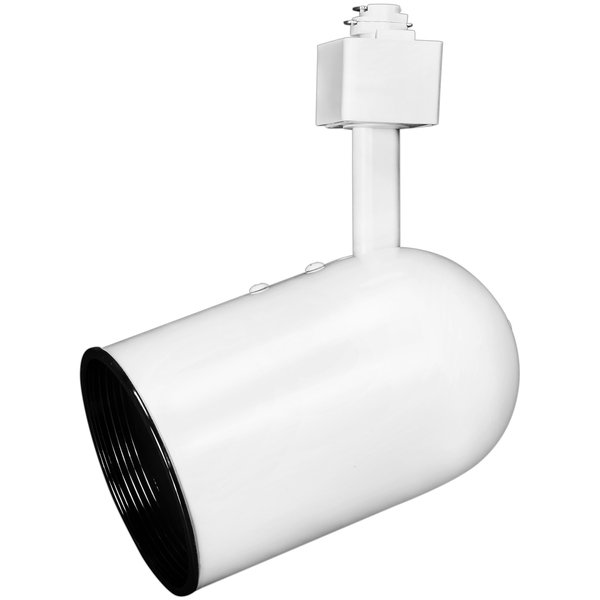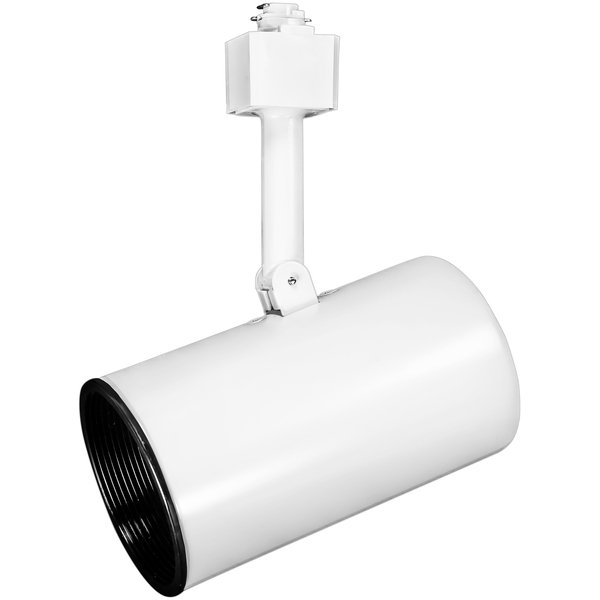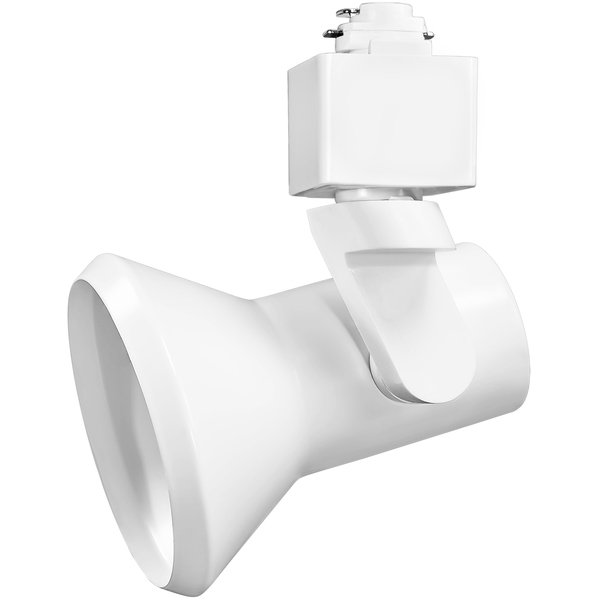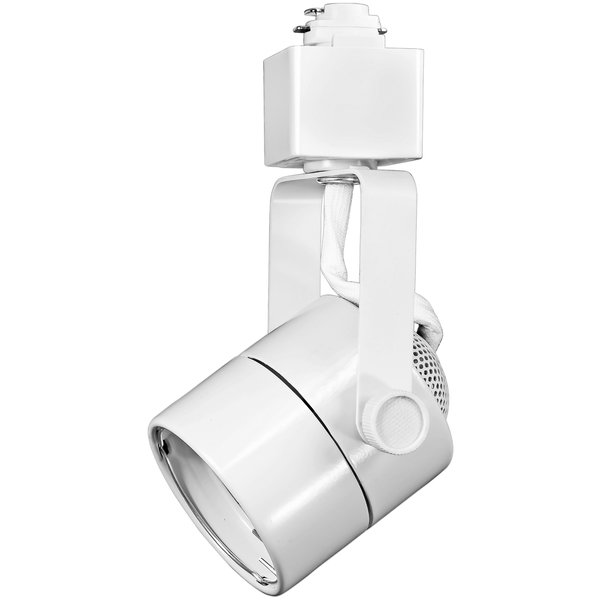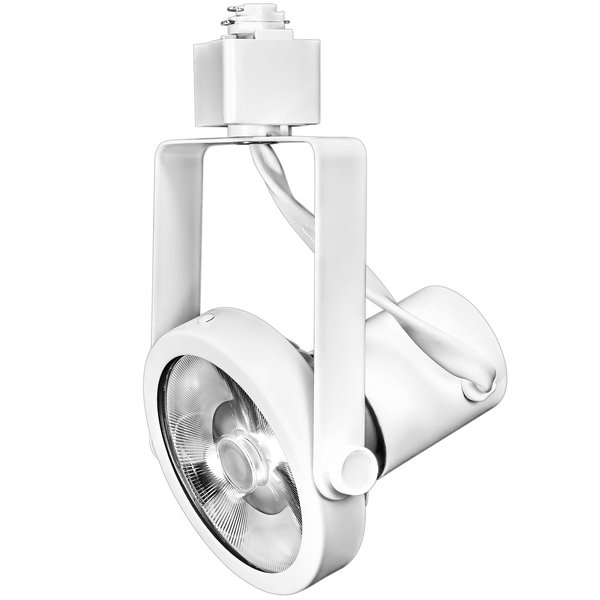Track Lighting Guide
What’s the first thing you think of when you hear the term track lighting? If you said a department store or an art gallery, then you are certainly not alone. Yes, track lighting does have a reputation of being primarily used in these types of spaces, but there are virtually no boundaries when it comes to the applications of track lighting. It’s time to break through this age-old reputation and start thinking of track lighting as a way to transform your space. Let’s dig into some specifics of track lighting to help you choose the right fit for your application.
First off, what is track lighting? The answer is simple, really. Track lighting is a lighting method that uses a conductive track fastened to or suspended from a surface to energize a set of light fixture housings, or heads, to offer a wide range of customizable configurations. Traditionally, track lighting is used as a way to highlight or accent a particular item or space. Although this is still true today, track lighting offers many other applications. Custom is the key word when it comes to track lighting. There are several different types of tracks and numerous head styles that truly allow the end user to create the optimal lighting effect. Track lighting systems can come as a track and head combo set, or you can design your system by choosing the track and head separately.
Track Types
There are two main categories when it comes to tracks: rigid and flexible. As you can guess, rigid tracks are simply linear sections of track, while flexible tracks can be bent to create custom designs. Tracks can be either low voltage or line voltage, depending on your preference or application. Tracks can also be single-circuit or two-circuit. Single circuit tracks are limited to the entire track (all the heads) being controlled as one unit while two-circuit tracks offer the versatility of two controlled circuits. The circuit controlling a particular track head on a two-circuit track is determined by how the head is connected to the track.
Traditional track lighting, as you may think of it, uses rigid track in specified lengths, typically 2 to 8 feet. Since rigid track comes in linear sections, there are straight, “T” and “L” connectors available to add tracks together or change the direction of the track. Rigid tracks are typically found to be H-type, J-type or L-type, named for the manufacturers who developed the track style: H-type is Halo, J-type is Juno and L-type is Lightolier.
So, if you are looking to replace a section of track, you’re probably asking yourself “Which track type do I currently have?” Luckily, there are some distinctive characteristics that set these tracks apart. H-type tracks are the most common, having a three wire system while J-type and L-type only have a two wire system. You can also look at an existing track head to see how many contact points are on the head. J-type and L-type tracks are very similar, but it’s important to note that they are not compatible. As always, when in doubt, refer to the manufacturer labels on the equipment for verification if possible.
Lastly and most importantly on the tracks, each section of track has a maximum wattage rating. Remember, safety first. Overloading could not only result in the failure of the track or other components, but could result in a more severe incident. No matter what type of track you choose, do your homework to make sure you get the right fit for your application.
Track Heads
Now that we have our track figured out, let’s dive into the various track head offerings. There is an endless list of different track head shapes, sizes and styles, but there are some high-level categories to help group certain track heads together: traditional, pinhole, gimbal and pendant.
The traditional style track head is the broadest category and really can be considered the cylinder category as an alternative. These track heads are typically designed for BR or PAR lamps with a medium (E26) base, with the exception being the conical spotlight. The conical spotlights are available for MR16 lamps only. There are several different types of traditional style track heads:
The pinhole style track head is typically what you think of when considering smaller size track lighting. These track heads are typically designed for MR16 lamps. As with any MR style lamp, make sure you check the base type, as there are several base configurations.
The gimbal style track head is considered the “Hollywood” style track light because it mimics the studio lights used for TV shows and movies. Gimbal track heads are designed for a wide variety of lamp types, MR lamps, BR lamps, PAR lamps, etc. These track heads are known for their ability to aim the light in any direction – the other styles have a limited range of aim points because of their design.
The pendant style track head adds a whole new dimension to track lighting. The typical pendant light is restricted to a single location, but a pendant track head adds versatility to a space by allowing the pendant to be located anywhere along the track. A quick example: a restaurant has a reservation for a large group and needs to move tables to accommodate. The pendants can be slid down the track in conjunction with the tables to create the appropriate lighting for the newly configured dining space.
Control Capabilities
As with any lighting these days, the control of the lighting is just as important as the lighting design itself. We mentioned earlier that common track types are constructed as single-circuit or two-circuit. Again, the two-circuit design allows the user to have a little more versatility by having the ability to have two control schemes per track. There are also some more advanced control options available with higher-end track lighting where the end user can control individual track heads on the same track. That capability is a discussion for another day, as it gets into the advanced controls territory. We just wanted to throw it out there since lighting controls are all the buzz in the industry today.
Whether you have a single-circuit or two-circuit track system, incorporating a dimmer switch drastically changes what the lighting can do in the space. If choosing to include a dimmer switch, the most important thing you can do is choose the right one. There are all kinds of dimmer switches out there, designed for specific applications. It’s not as easy as choosing the cheapest one or the first one you come to. Certain dimmer switches are designed to work with certain equipment. Again, that discussion is for another day. We just want you to consider the added benefits of including dimming capabilities to your track lighting system.
Conclusion
When it comes to track lighting, there are more uses than just highlighting a product in a retail store or accenting a piece of history in a museum. We want you to get creative and see how your space could benefit from incorporating some track lighting. For more information regarding track lighting offerings, please visit our website at 1000Bulbs.com or chat with one of our lighting experts at 1-800-624-4488.



